Ask the Energy Expert Video Series
Take one energy expert, add questions, and get really smart answers
Have you ever wished you could hire a professional and ask unlimited questions? Well, in developing this series and several other articles, we were able to do just that with John Jennings, an energy auditor at the firm Steven Winter Associates.
The day began with a free energy audit sponsored by Connecticut Light & Power, which Steven Winter and other energy firms work for under contract. Then, homeowner and GreenBuildingAdvisor.com editor Dan Morrison asked John where he should start when adding a dormer and setting up a garage workshop, and then what to do about an old boiler. John answered in stride, and also gave an impromptu tip on determining wall-cavity depth and R-value.
(Editor’s note: Actually, the “hired,” part is untrue; John and Steven were overly generous with their time, and we didn’t pay a cent.But the duo insisted that they were willing to help because energy efficiency is a message they have been promoting for decades.)
Home-Energy Audits Save Homeowners Money
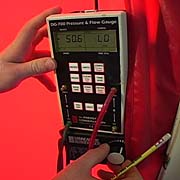
John Jennings helps Dan answer this question: How does my house perform? John’s team starts with a blower-door test to identify and gauge air leaks; then they head to the attic armed with caulk and foam to seal those penetrations. Finally, because it is important for John’s team to “test their way in and test their way out,” they run a second blower-door test, measure the difference, and evaluate their work
Should You Replace an Old Boiler as Part of an Energy-Efficiency Upgrade?
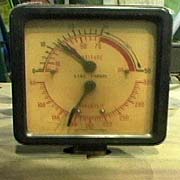
Many people assume that improving the energy performance of a home’s mechanical system starts with replacing the old water boiler. That’s not always the case. As John explains, well-made boilers that are 50 years old like the one in this video can still be working at up to 80% efficiency, provided they’ve been professionally cleaned and tuned every year. John also explains how to add a tankless water heater.
Energy-Smart Advice for Remodeling
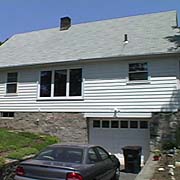
In this video, John makes his recommendations to ensure that a forthcoming shed dormer attached to this 1950s Cape will be insulated and vented correctly. The end of the building envelope determines the type of insulation that should be used, and Jennings offers options for traditional fiberglass batting, blown-in and sprayed cellulose, and rigid foam.
Planning an Energy-Efficient Basement Shop
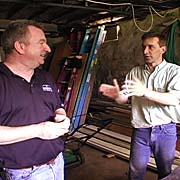
Dan wants to convert his below-grade basement into a conditioned workspace, not just a dumping ground for his power tools, so he asked John where he should start insulating. In this video, John helps Dan determine where to establish the thermal boundaries, the cost-effectiveness of insulating the exterior stone walls, and the best way to achieve passive-solar gain during warmer months. Great advice, but it leaves Dan wondering if he can get the project approved by his wife.
Wall Sleuth: Determining Insulation R-Value
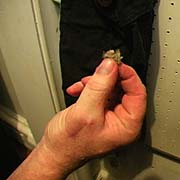
Do you know what type of insulation is in your walls? How about wall-cavity depth? Because the two are interrelated, it’s important to find out, and this tip will help you do just that. You’ll need a drill, a coat hanger, and an inconspicuous place for testing.
Photos: Jean Paul Vellotti


























View Comments
There doesn't appear to be any links to videos here.